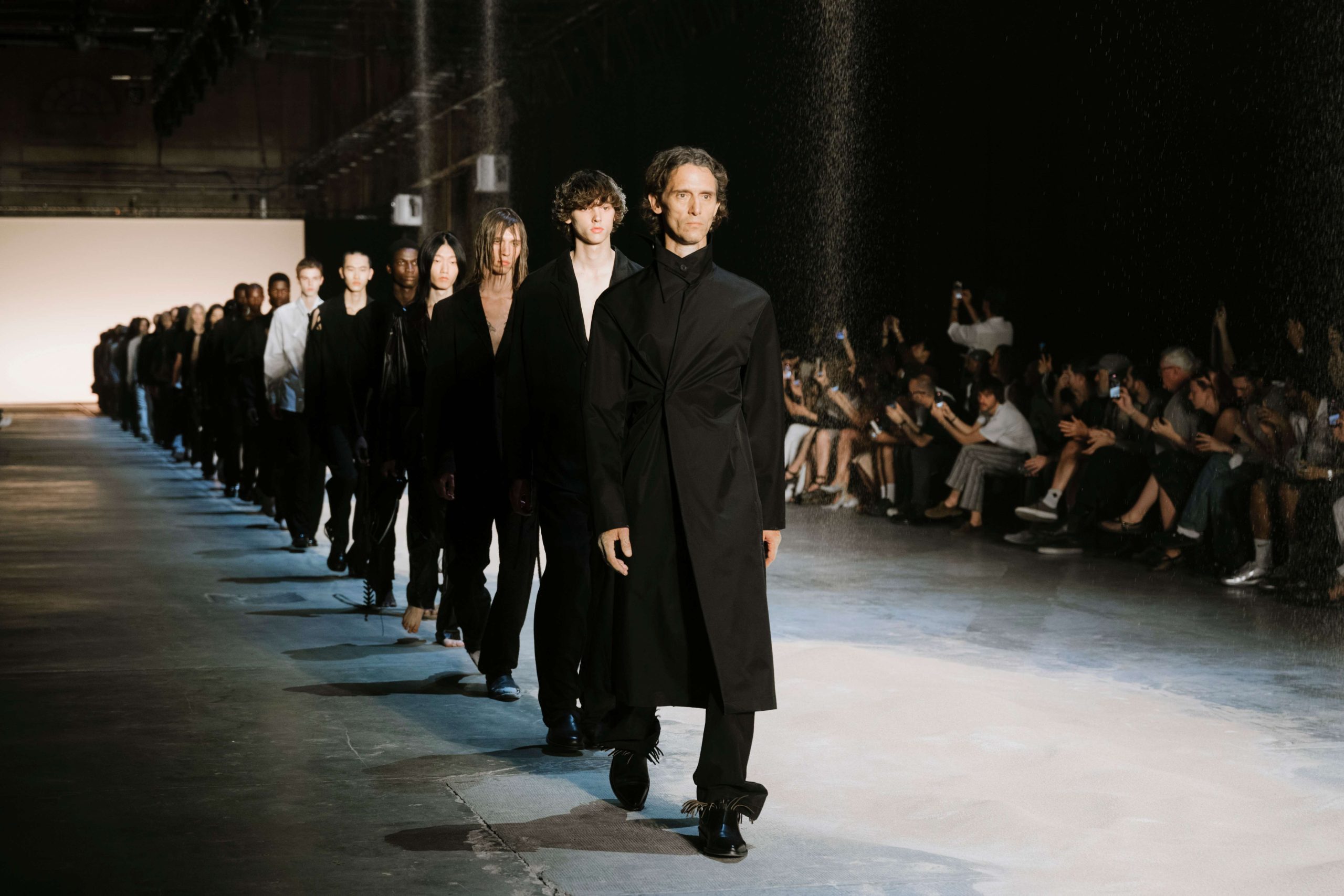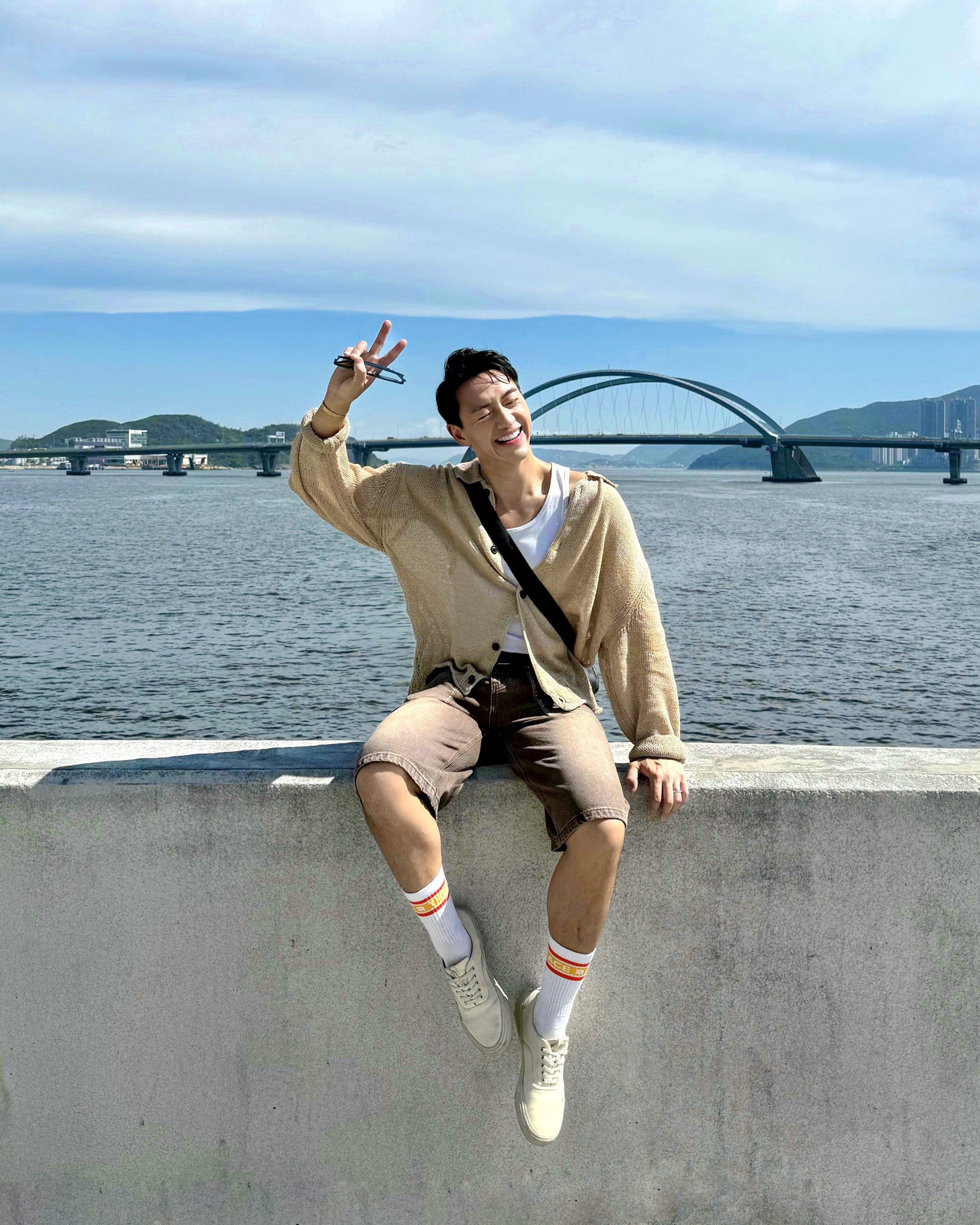Today’s luxury hotels are often thought of as microcosms, self-sufficient destinations with a wide range of experiences to offer – gastronomic, therapeutic, recreational and aesthetic. That’s why many leading hospitality concepts prioritise local and global creative communities as much as room service and thread count. Some devote space to a specific creator; others invite prestigious galleries to mount exhibitions in their public areas. And some happen to have owners who are also passionate collectors, constantly adding new treasures to their property’s walls. Stephenie Gee pulls together five art-forward hotels that have made it their mission to bring guest amenities to the next level with impressive art collections, artist-in-residence programmes and art-centred events
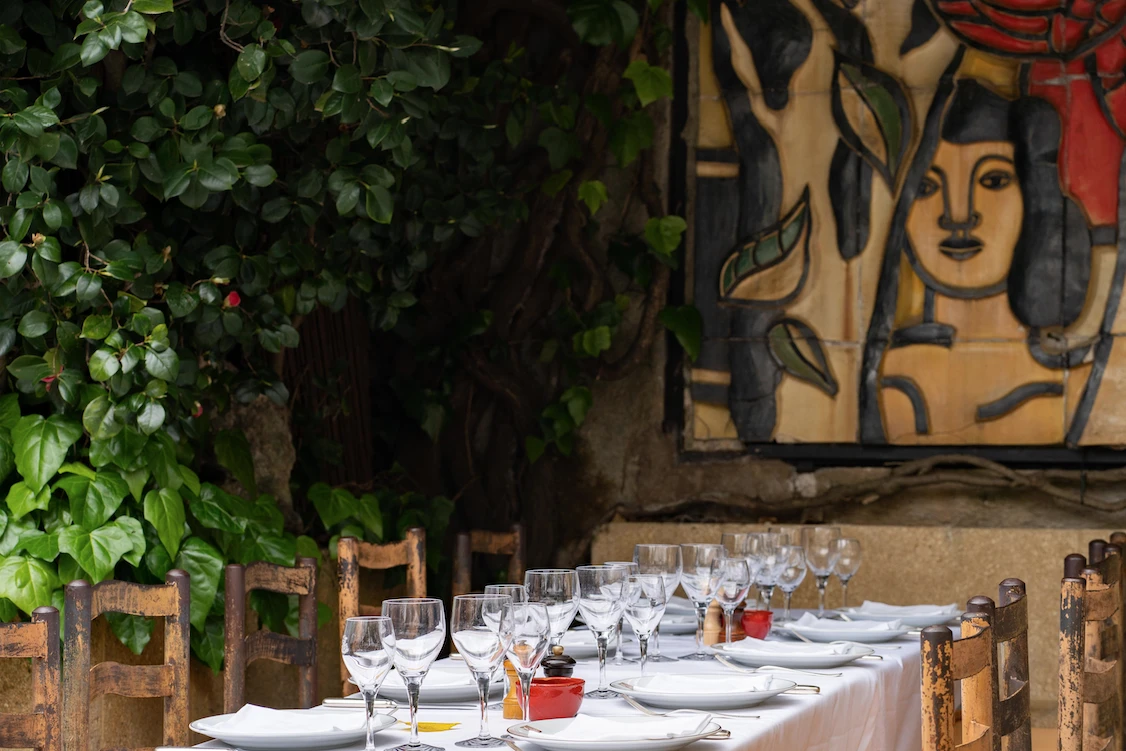
La Colombe d’Or, Saint-Paul-de-Vence, France
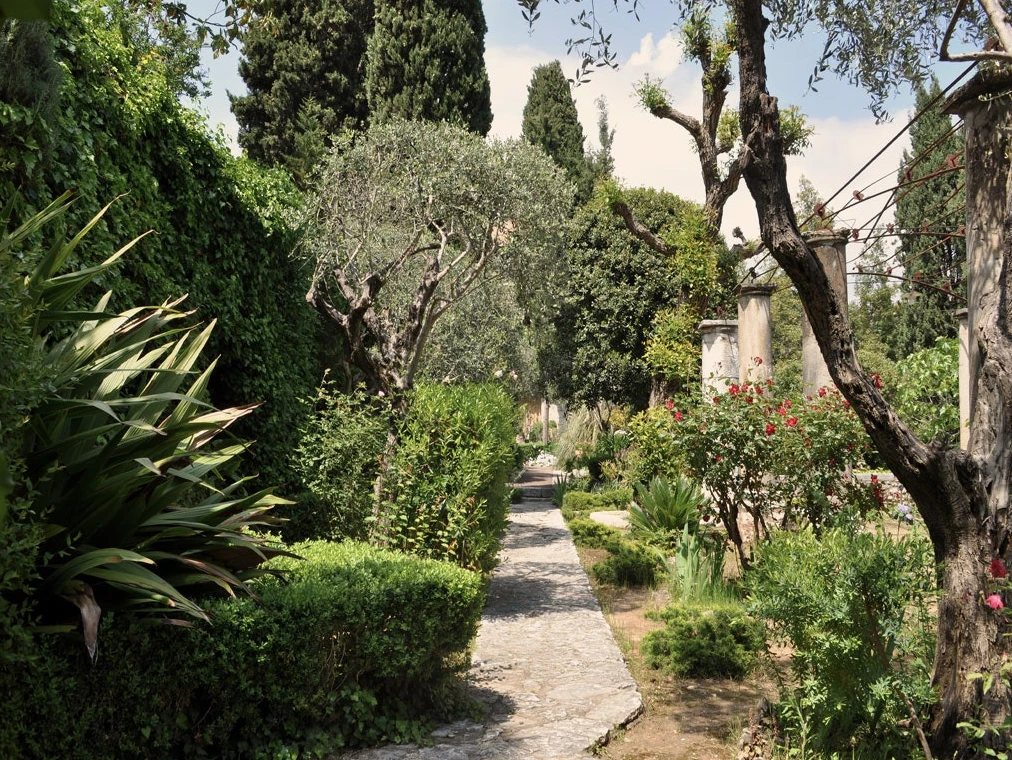
In 1920, in the sleepy village of Saint-Paul-de-Vence, farmer Paul Roux opened a café-bar called Chez Robinson, to which he later added three rooms above for patrons to stay the night. When World War II came, the auberge, now renamed La Colombe d’Or, became a place of refuge for the creative elite who had fled Paris. They included Braque, Léger, Chagall, Calder, Renoir and Matisse, who have all left their legacy on these walls – literally – in exchange for room and board. As the inn’s signage reads: Ici on loge à cheval, à pied ou en peinture, which roughly translates to “Here we lodge those on foot, on horseback or those with paintings”. In the dining room, traditional Provençal dishes are served under exposed beams – and a Picasso masterpiece. A Calder mobile keeps watch over languid loungers by the pool. And outside, César Baldaccini’s iconic giant thumb sculpture stands guard at the entrance. You’ll find no formal plaques or labels, no pamphlets or guidebooks. The art that lives at La Colombe d’Or is part of the fabric of the place, and much like a beautifully executed piece of fine furniture or a collectable rug, it requires no plaque to separate and adulate it. Wall candy notwithstanding, this place is basic but chic. The façade is built from stones extracted from a castle in Aix-en-Provence and rooms, now counting 25, are rustic, decked with wooden four-poster beds dressed in soft white linen and well-worn oriental rugs. If you plan on visiting, and you should, the hotel is closed from the end of October until Christmas, and reservations can be only made by phone or requested in writing.
Node Hotel, Kyoto, Japan
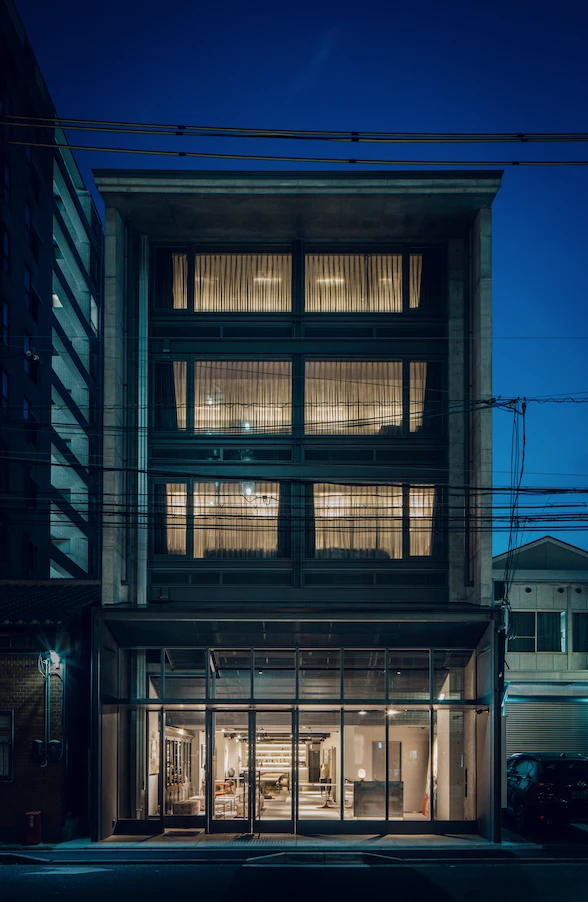
Located on a quiet street in Kyoto, the five-storey Node Hotel was inspired by the idea of an art collector’s private residence. Echoing its glass and concrete frame, designed by local architect Seiichiro Takeuchi, the interiors feature swathes of cool grey that serve as a simple backdrop to a wide range of artwork. A striking Tomoo Gokita painting sits behind the front reception desk, while a floral arrangement (an organically evolving work of art) hangs from the ceiling above. Past the lobby, the narrow, deep gallery-like space juxtaposes abstract oil paintings by rising star artist Yukimasa Ida against Hiroshi Sugimoto’s minimalistic seascape photography and a pair of bold monochrome photographs by the legendary Nobuyuki Araki. International artists are also well represented, with works by Cy Twombly, Bernard Frize and Gerhard Richter displayed among others. More art, of course, can be found upstairs in the rooms, decorated too in grey tones from the walls and ceilings to bedding and yukata-style loungewear. The only colours come courtesy of the vivid artworks that pepper the walls. In the Stair Double room, you’ll find hypnotically intense images by the cult post-war photographer Eikoh Hosoe. Meanwhile, the Junior Suite showcases a contemporary wall montage by Barry McGee, and the Moderate Double room figurative paintings by Robin F. Williams. The hotel also features rotating events like Kyotographie, an international photography festival, and exhibits by the likes of Kyoto-based contemporary artist Hanaoka Nobuhiro, who builds sculptures from everyday items such as clothing, magazines and tatami mats.
Rome Cavalieri, Rome, Italy

Rome Cavalieri, a Waldorf Astoria Hotel enclosed in 15 acres of lush Mediterranean parklands with panoramic views of the Eternal City, is a perfect base for your travels throughout the art, architecture and culture capital. Opened in 1963, the hotel is home to one of the world’s largest private art collections, comprising more than 1,000 pieces – including paintings, furniture, rare tapestries, sculptures and other artefacts – curated by the Terruzzi family, former proprietors of the five-star establishment. The lobby alone displays four landscape paintings by Giuseppe Zais, a 1745 commode made for King Augustus III of Poland, and two paintings by Rococo master Giuseppe Bazzani. Unlike in museums, here guests can get up close and personal. In fact, the only piece of art that hangs behind protective glass is the crowning glory of the collection: a 1725 triptych by Venetian artist Giovanni Battista Tiepolo, arguably the greatest painter of 18th- century Europe, that was acquired for US$8 million by the hotel’s curators on the condition that it be displayed for the Italian public. Other works on view include pieces by Joseph Heintz, as well as a more contemporary – but no less impressive – collection by Andy Warhol that hangs in the luxurious Penthouse Suite. World-class art aside, Rome Cavalieri also happens to have the best dining in Rome: La Pergola, under the helm of German chef Heinz Beck, is the city’s first and only restaurant to be awarded three Michelin stars.
The Dolder Grand, Zurich, Switzerland
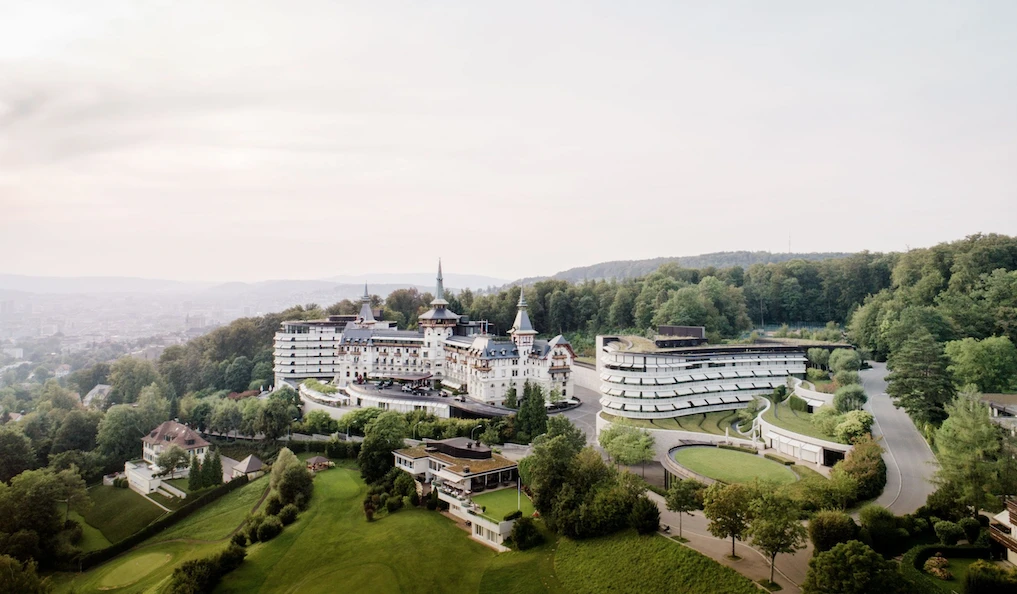
Art has traditionally been a high priority in the city of Zurich – and since its reopening in
2008, this has also been true of The Dolder Grand, which boasts more than 100 works
by 90 renowned artists. Curated by the Schwarzenbach family – the owners of the
hotel itself – the collection is thoughtfully integrated throughout the hotel’s spaces.
Housed in the Steinhalle, the Chapel of Remorse by acclaimed Finnish artist Jani Leinonen is a stained-glass installation that signifies the symbolic metaphors of spiritual resonance and the interplay of light. Salvador Dalí’s Femmes métamorphosées – Les sept arts greets diners as they arrive at The Restaurant. Make your way to the Spa and you’ll find on the left René Magritte’s imposing sculpture La Joconde, and on the right the distinctive Le Monde by Niki de Saint Phalle and Jean Tinguely. But perhaps the most striking piece is Andy Warhol’s 11-metre Big Retrospective Painting, which takes pride of place above the reception. Artists such as Joan Miró, Max Ernst, Anselm Kiefer and Keith Haring are also represented, alongside contemporary artists such as Takashi Murakami and Sylvester Stallone. Beyond exhibiting artworks within its walls, the hotel actively seeks collaborations with local and international artists, creating a thriving cultural exchange. As part of its 125th-anniversary celebrations last year, the hotel invited renowned international artists such as Taiyo Onorato, Maxime Ballesteros, Anna Stüdeli and Yoan Mudry to interpret their stay in their very own artistic language. The result was a kaleidoscope of individual works that capture the essence and lifestyle of The Dolder Grand.
Villa La Coste, Le Puy-Sainte-Réparade, France
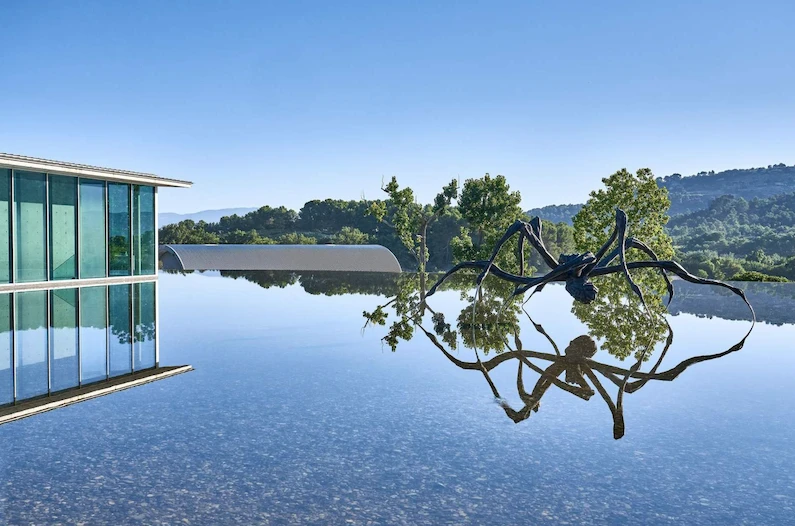
About a 20-minute drive from Aix-en-Provence, in the South of France, is a 500-acre wine estate, home to Château La Coste, an exceptional outdoor display of art and architecture, and Villa La Coste, the 28-suite luxury three-Michelin-key hotel attached to it. This piece of land was acquired in 2002 by Irish businessman Patrick McKillen who was determined to bring to it modernity through the prism of his own obsessions. Past a Tadao Ando–designed gate and one of Louise Bourgeois’ giant spiders stands the Art Centre, where guided tours are available daily in both French and English. Elsewhere, a pavilion by the decorated Italian architect Renzo Piano hosts rotating exhibits, and structures by Ando, Frank Gehry and Richard Serra rise out of the green fields. You’ll even find the last project by architectural titan Oscar Niemeyer. Some of the works here were already owned by McKillen. Alexander Calder’s steel mobile was one, an overwater sculpture now outside the large building that serves as welcome centre and restaurant. Each private villa boasts views over the vineyards and Luberon’s timeless landscapes. The décor is minimalist but warm, with four-poster beds, breezy white canopies, Scandinavian-style shelving and works by artists from Bernard Frize to Hiroshi Sugimoto. Other pleasures go without saying. The hotel’s fine-dining restaurant, named for its chef, is Hélène Darroze at Villa La Coste, which holds one Michelin star. An Argentinian restaurant by the acclaimed Francis Mallmann marks another offering, as well as a café designed by Ando in the Art Centre. A gorgeous spa stays open seven days a week, and of course you couldn’t have better access to the art, architecture
and wine that draws day guests from around the country.
Also see: 6 trends driving travel in Asia-Pacific




